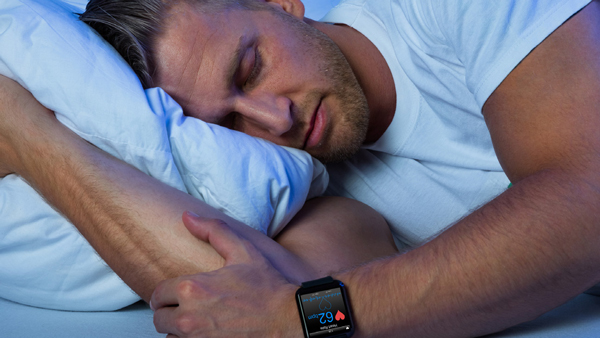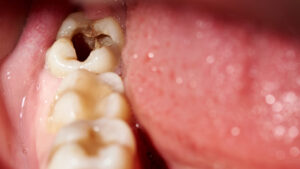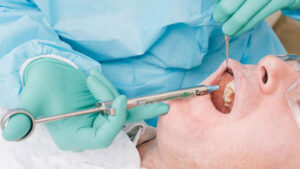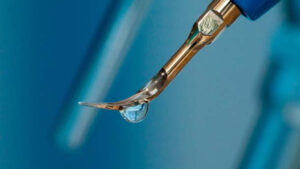Description
Obstructive sleep apnea (OSA) occurs when the muscles and soft tissues in a person’s throat collapse and block the airway while sleeping. Airway blockage can be either “partial” or “complete.”1 OSA is characterized by recurrent episodes of collapse in the upper airway that lead to reduced breathing or complete airway blockage and a significant deterioration of blood oxygen saturation during sleep.2 Patients with apnea have considerable sleep cycle disruption that substantially decreases health, longevity, and cognitive function.3 The American Academy of Dental Sleep Medicine suggests oral appliance therapy is an effective treatment for OSA.4 The gold standard for testing sleep cycle disruption is type I polysomnography, a sleep study performed overnight while the patient undergoes continous monitoring by a credentialed technologist in a sleep clinic. Type I polysomnography records the physiological changes that occur during sleep but is unavailable to patients on a nightly basis at home.5 Many patients, therefore, rely on the subjective opinion of spouses or partners to determine if an individual snores or appears to stop breathing, gasps, or chokes while sleeping. Patients who live alone can be almost entirely unaware of their condition. With the advent of modern wearable fitness trackers, patients now can interpret overnight objective sleep data and quantitatively measure improvements in their sleep. This data can be shared with the treating dentist for a professional assessment of success (or failure) of the oral appliance. This review teaches a dentist to read and interpret wearable fitness tracker sleep data. With this knowledge, dentists objectively measure the success or failure of the oral appliance therapy interventions they have performed for their patients.6
EDUCATIONAL OBJECTIVES
- List the common health risks for obstructive sleep apnea.
- Discuss the role of dentistry in sleep apnea therapy.
- Describe the relationship between tracking objective sleep data with commercial wearable technology and its role in assessing the success or failure of dental sleep apnea therapy.
- Outline how the information in this course can improve patient care outcomes.
About the Author
Eric S. Bornstein, DMD, is the former CMO of Nomir Medical Technologies, a biochemist, dentist, and photobiologist. He has managed a periodontal human clinical trial, and patented lasers and biofilm eradication technologies. Dr. Bornstein is widely published in journals such as Current Trends in Microbiology and Compendium. He delivers CE webinars for the Institute for Natural Resources (inrseminars. com) on pharmacology, marijuana, vaping, opioids, hallucinogens, and periodontal disease. His first novel, Sun Tzu’s Café, will be published in December 2023.





